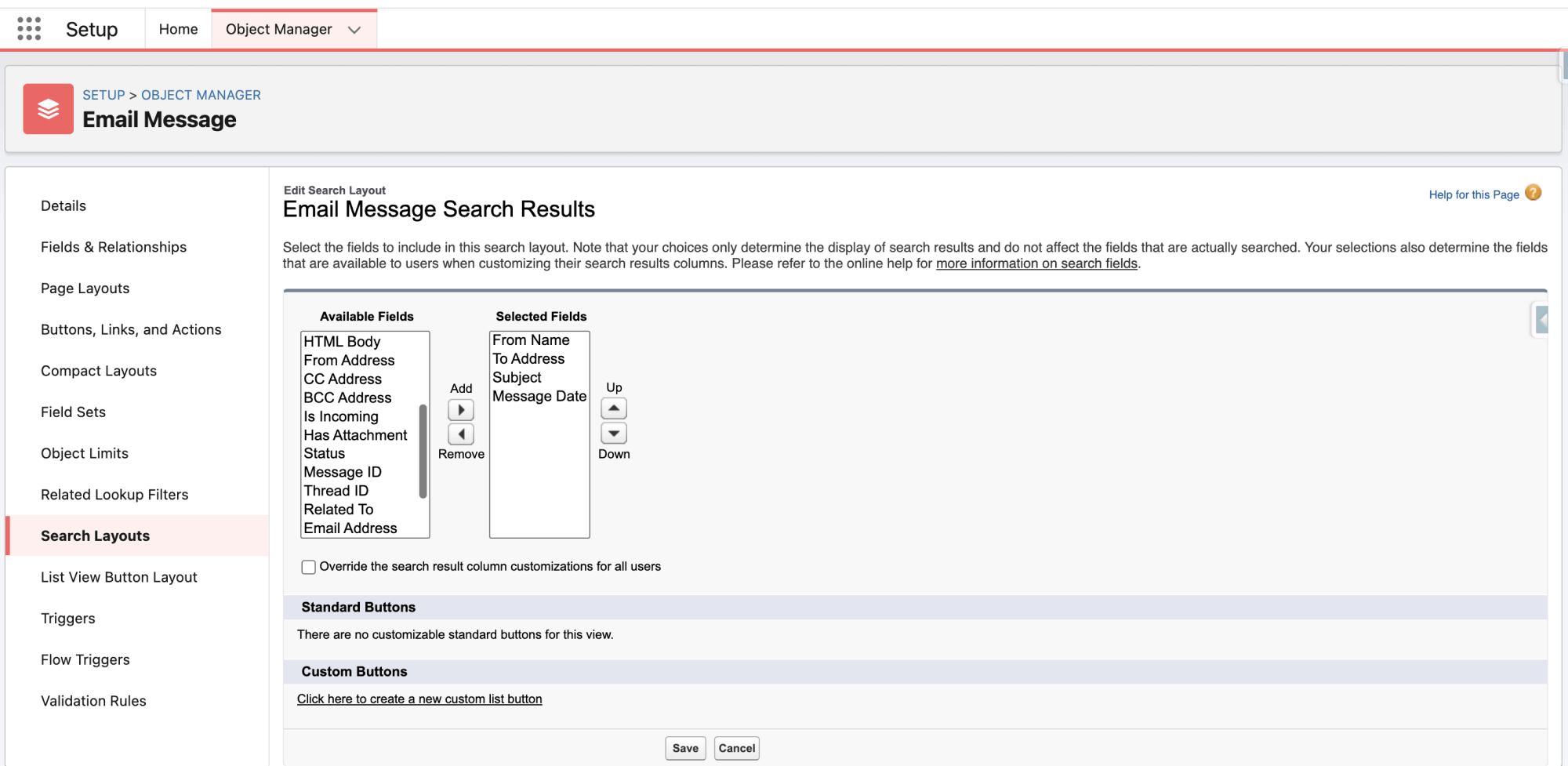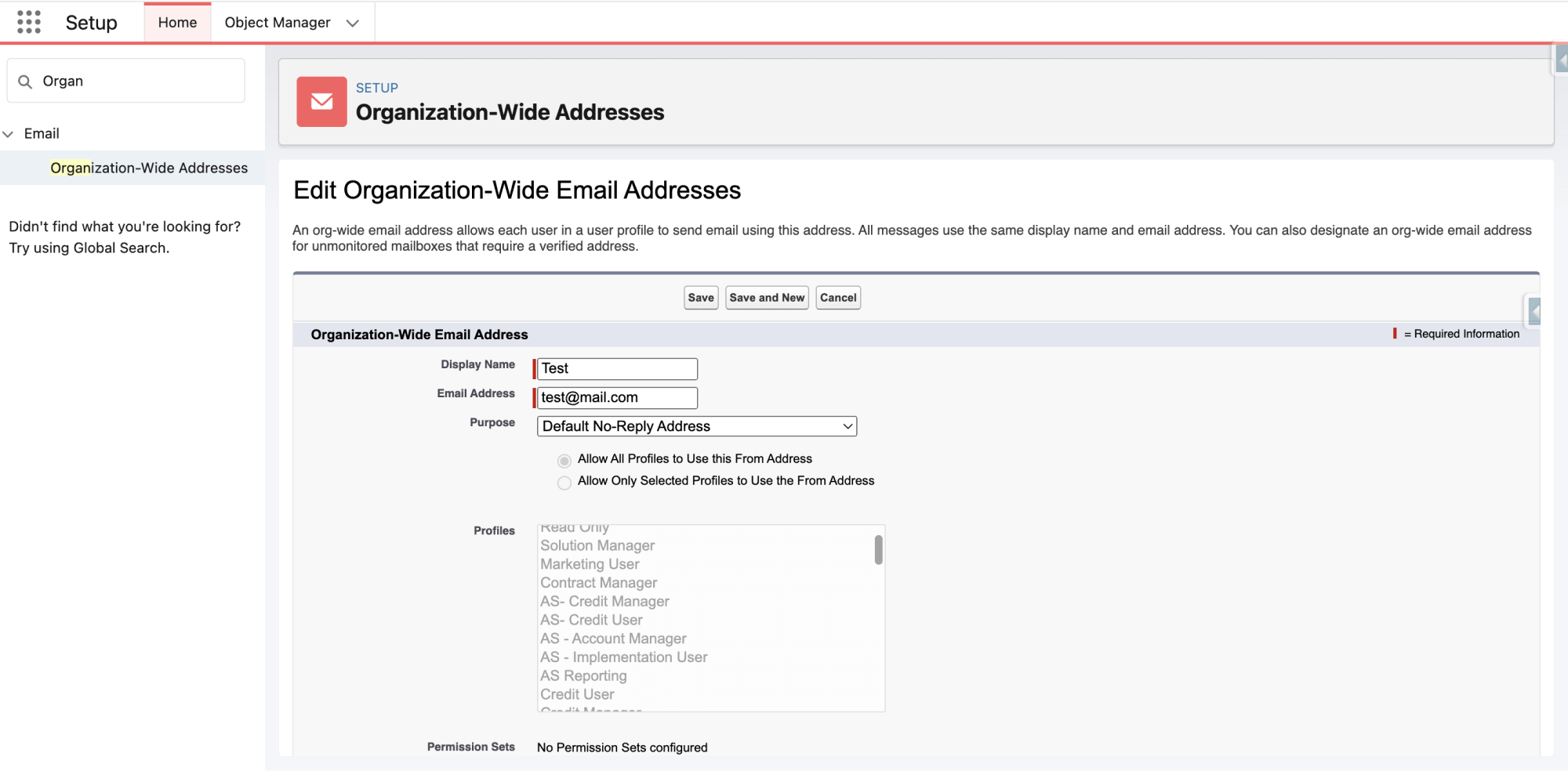Salesforce Summer ‘23 Release is fully packed with fresh updates that Salesforce admins will like. As I am specialized in Service Cloud, I will give you an overview of 4 new Case features that saves time and enhances Case functionality.
1. New Lightning Editor for Email Composers in Email-to-Case
Salesforce is continuing to retire the current email editor in the docked and case feed email composers. The existing editor will be replaced with a feature-rich HTML TinyMCE editor. Available in Lightning Experience, the new editor provides similar functionality: image uploading, file attaching, field merging, and adding email templates. It also complies with Salesforce security standards.
The main advantages of the TinyMCE editor are:
- It is open-source, which means that a great number of customization options will be available to our clients.
- It is supported by various applications and ensures the correct display of text and images in any mail client.
Availability: the feature is now in beta. Salesforce is planning to enforce this update in Summer Release ’24.
2. Linking Contacts to Case in Email-to-Case
New flow that allows users to link contacts to cases created in Email-to-Case. No more manual linking! The flow will find all contacts with email addresses that match the email address from the Email-to-Case. Then managers will be able to select the right contact to link to that case.
Worth remembering:
- The Email-to-Case logic queries all email fields in the Contact object, including standard and custom email fields.
- If a match is found in any of the email address fields, Email-to-Case assigns the Contact to a new Case.
- If two or more contacts have the same email address, the Email-to-Case feature leaves the Contact and Account fields blank. To avoid this, I recommend setting up deduplication.
- If no matching contacts are found, Email-to-Case leaves the Contact and Account fields blank, but populates the Web Email and Web Name fields.
- Email-to-Case only associates a case with the Contact field when matching against Accounts.
Availability: the feature is generally available. To configure it, use Find Contact for Associated Case flow template in Email-to-Case. Then add it to the Actions & Recommendations component.

Source: salesforce.com
3. Improved Search
Salesforce Summer ’23 Release brings improved search functionality as now search results include emails with matching subjects. Previously, users couldn’t search by email fields. Now managers will be able to search by message dates, subjects, text body, address, and so on.
Availability: the feature is generally available. From Setup, select Objects to Always Search and add the Email Message object to users’ profiles. Then configure the search layout in Object Manager and select the needed email message fields.

4. Default No-Reply Address as System Address for Case Email Notifications
Starting from Salesforce Summer ’23 Release, you can configure a no-reply address as a system address for Case email notifications. It means that now your customers can receive automated notifications about their Cases from [email protected]. Previously, you had to configure such addresses separately as a custom feature.
Availability: generally available.
Four steps to set up notifications:
- Configure a default No-Reply address on the Organization-Wide Addresses page.
- Verify your default No-Reply address.
- Set up Case Escalation and Inbound Email for Existing Cases.
- Enable Test Run & Run Tests.
Please note that if you skip steps 1 and 2, email notifications will be sent from [email protected].

Final Thoughts
Here is my top of new Case features in the Summer Release ‘23. Please feel free to share your favorite updates in the comments!



